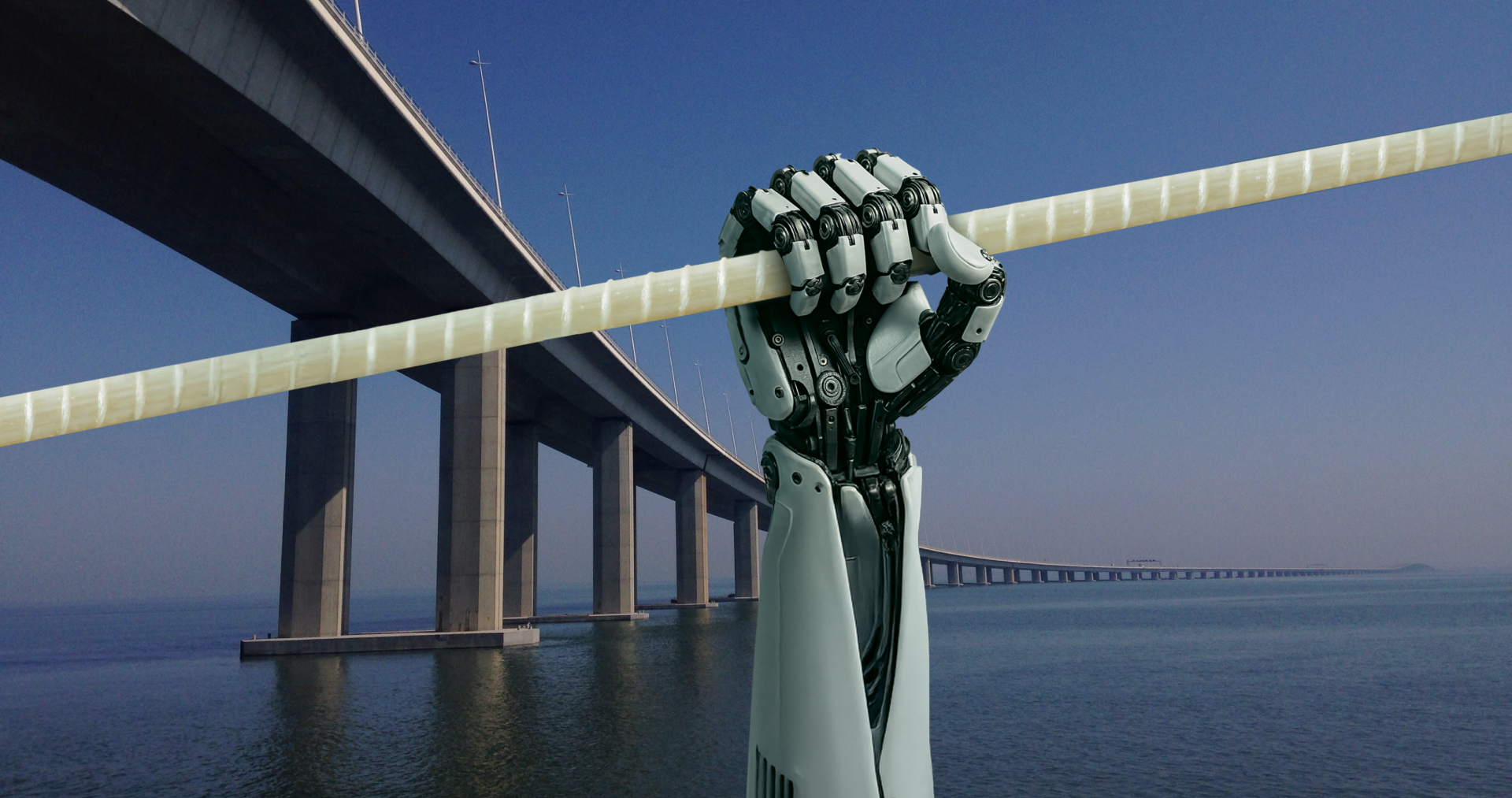
Why is GFRP Rebar
Stronger. Smarter. Sustainable?
At iBull, we engineer GFRP rebar to outperform traditional steel—with superior strength, zero corrosion, and eco-friendly manufacturing that supports long-lasting, sustainable construction.
Glass Fibre Reinforced Polymer (GFRP) is a high-performance composite material made from continuous glass fibers embedded in a polymer resin matrix. At iBull, we utilize GFRP to deliver reinforcement solutions that combine exceptional mechanical strength with superior corrosion resistance and thermal efficiency.
Unlike traditional steel reinforcement, GFRP rebar is non-conductive, non-magnetic, and immune to rust, making it ideal for harsh environments, marine structures, bridges, tunnels, and energy-sensitive applications. It also contributes to sustainable construction by reducing maintenance needs and extending the structural lifespan.
Our GFRP production lines are equipped with environmentally friendly features, including advanced air filtration systems and waste control measures, aligning with our commitment to clean manufacturing and sustainable innovation.
At iBull, GFRP isn’t just a substitute; it’s the future of durable, lightweight, and eco-conscious reinforcement.
 Benefits & Usage
Benefits & UsageGFRP Advantages
That Build the Future
Tough Jobs,
Smart Material:
GFRP in Action
iBull GFRP rebar delivers high strength, corrosion resistance, and thermal efficiency.
Engineered for Excellence —
70% Faster Installation - Lightweight and easy to handle, which saves time on site.
 Our Core Values
Our Core ValuesCore Characteristics
of iBull GFRP
Engineered to Deliver Performance,
Reliability, and Global Standards.
Multi-Application Versatility -Adaptable for
diverse projects, from highways to industrial plants

Corrosion-Proof Reliability
Performs flawlessly in marine, chemical, and high-moisture environments.

Multi-Application Versatility
Adaptable for diverse projects—from highways to industrial plants.

Long-Term Durability
Resists degradation, ensuring a longer structural lifespan.

Lightweight Efficiency
Easier to transport, handle, and install—without compromising strength.

High Tensile Performance
Offers superior strength for high-load applications.

Custom-Engineered Solutions
Tailored rebar options to match your exact project needs.

Cost-Effective Value
Saves time, labor, and long-term maintenance costs.

Fire-Resistant Engineering
Designed with thermal safety and fire protection in mind.

Globally Certified Quality
Meets international performance, safety, and environmental standards.






